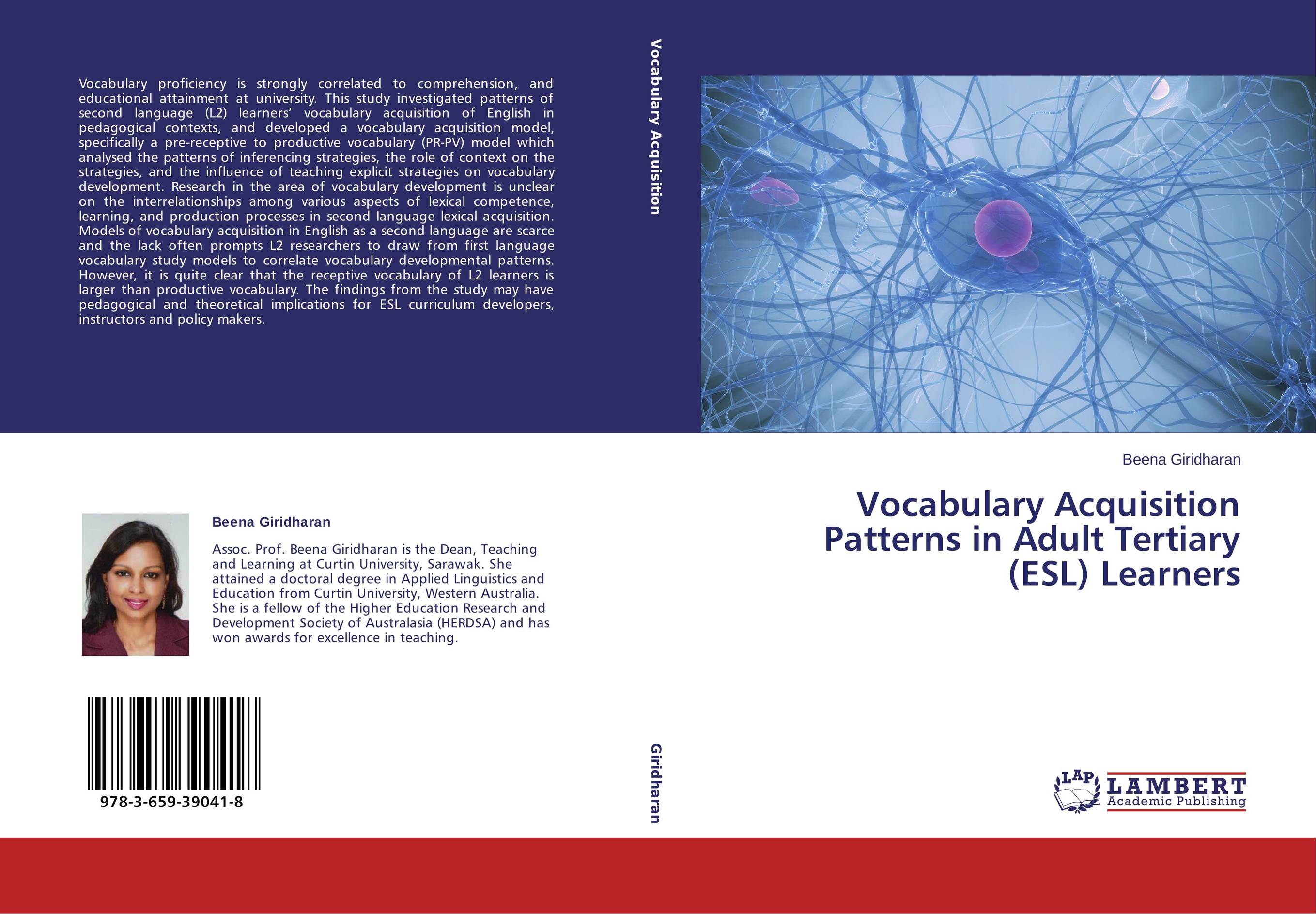| Поиск по каталогу |
|
(строгое соответствие)
|
- Профессиональная
- Научно-популярная
- Художественная
- Публицистика
- Детская
- Искусство
- Хобби, семья, дом
- Спорт
- Путеводители
- Блокноты, тетради, открытки
Vocabulary Acquisition Patterns in Adult Tertiary (ESL) Learners.

В наличии
| Местонахождение: Алматы | Состояние экземпляра: новый |

Бумажная
версия
версия
Автор: Beena Giridharan
ISBN: 9783659390418
Год издания: 2013
Формат книги: 60×90/16 (145×215 мм)
Количество страниц: 356
Издательство: LAP LAMBERT Academic Publishing
Цена: 56954 тг
Положить в корзину
Позиции в рубрикаторе
Сферы деятельности:Код товара: 128769
| Способы доставки в город Алматы * комплектация (срок до отгрузки) не более 2 рабочих дней |
| Самовывоз из города Алматы (пункты самовывоза партнёра CDEK) |
| Курьерская доставка CDEK из города Москва |
| Доставка Почтой России из города Москва |
Аннотация: Vocabulary proficiency is strongly correlated to comprehension, and educational attainment at university. This study investigated patterns of second language (L2) learners’ vocabulary acquisition of English in pedagogical contexts, and developed a vocabulary acquisition model, specifically a pre-receptive to productive vocabulary (PR-PV) model which analysed the patterns of inferencing strategies, the role of context on the strategies, and the influence of teaching explicit strategies on vocabulary development. Research in the area of vocabulary development is unclear on the interrelationships among various aspects of lexical competence, learning, and production processes in second language lexical acquisition. Models of vocabulary acquisition in English as a second language are scarce and the lack often prompts L2 researchers to draw from first language vocabulary study models to correlate vocabulary developmental patterns. However, it is quite clear that the receptive vocabulary of L2 learners is larger than productive vocabulary. The findings from the study may have pedagogical and theoretical implications for ESL curriculum developers, instructors and policy makers.
Ключевые слова: second language (L2) learners, vocabulary acquisition of English in pedagogical contexts, vocabulary acquisition model



